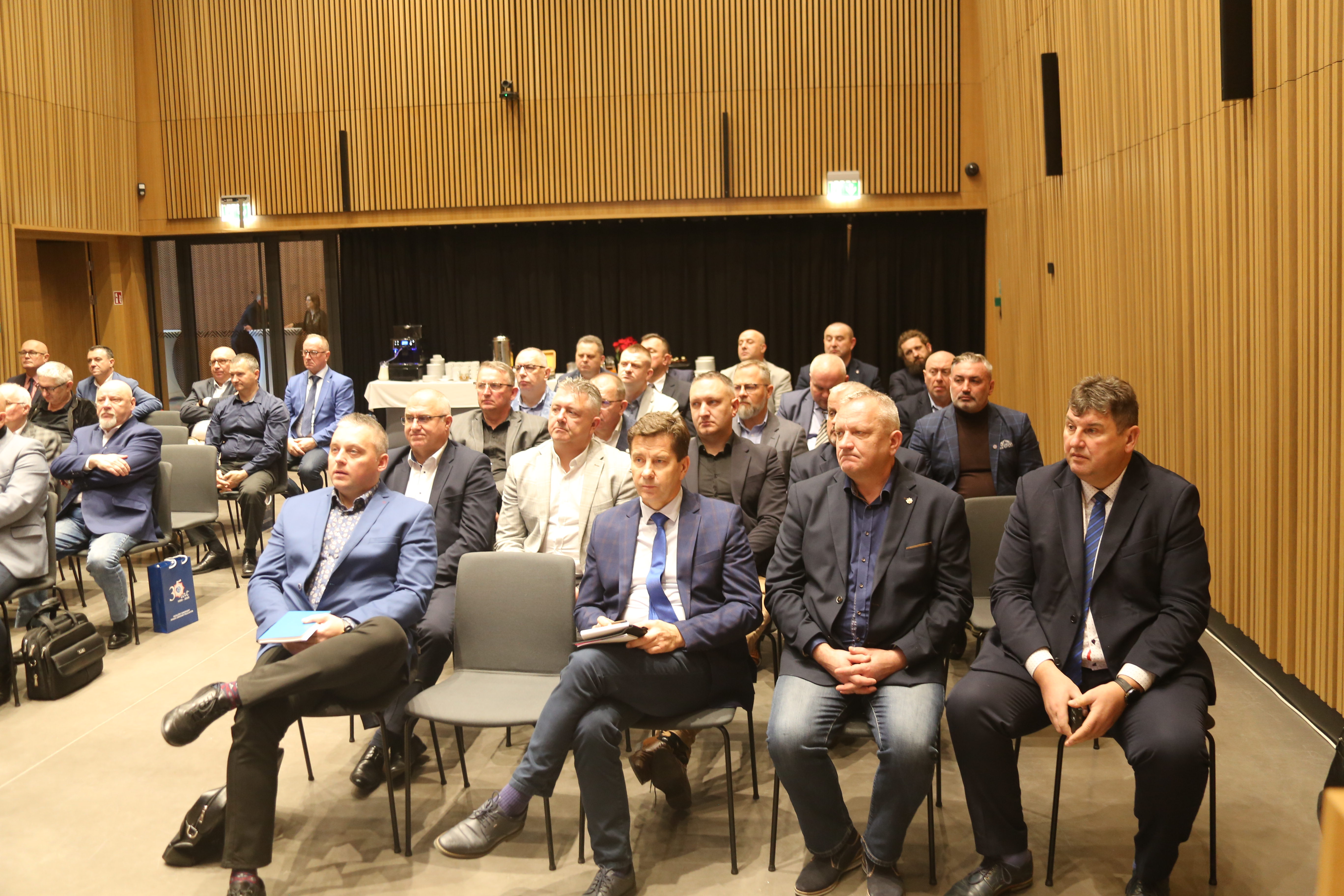
WASHINGTON- A new $250 “visa integrity fee” will soon apply to non-immigrant visa holders visiting the United States, impacting millions of travelers, including those flying with United Airlines (UA) to major hubs like Los Angeles (LAX).
Signed into law on July 4, 2025, as part of the “One Big Beautiful Bill Act,” this fee aims to ensure visa compliance but raises questions about logistics and effectiveness. With over 10 million non-immigrant visas issued annually, the fee’s rollout at airports like New York (JFK) could reshape travel planning.
 Photo: Digit Insurance
Photo: Digit InsuranceUnited States $250 Visa Integrity Fee
On July 4, 2025, President Trump signed the “One Big Beautiful Bill Act,” introducing a $250 “visa integrity fee” for non-immigrant visa holders entering the United States.
According to OMAAT, this fee targets visitors such as tourists (B-1/B-2 visas), international students (F and M visas), and temporary workers (H-1B visas).
Over 10 million non-immigrant visas were issued in 2023, indicating the fee’s broad impact. Effective for the fiscal year from October 1, 2024, to September 30, 2025, the fee will adjust annually for inflation starting in 2026.
Unlike existing visa fees, such as the $185 Machine Readable Visa (MRV) fee, this surcharge acts as a refundable deposit to encourage compliance with visa terms, such as departing on time and avoiding unauthorized work.
The fee applies to all non-immigrant visa categories except diplomatic visas (A and G). Travelers from Visa Waiver Program (VWP) countries, like Japan or the UK, and most Canadian citizens are exempt, as they do not require visas for short stays.
However, the fee adds significant costs for applicants from countries like India, China, and Brazil, potentially increasing a B-1/B-2 visa’s total cost to $472 by 2026, including additional charges like the $24 I-94 fee.
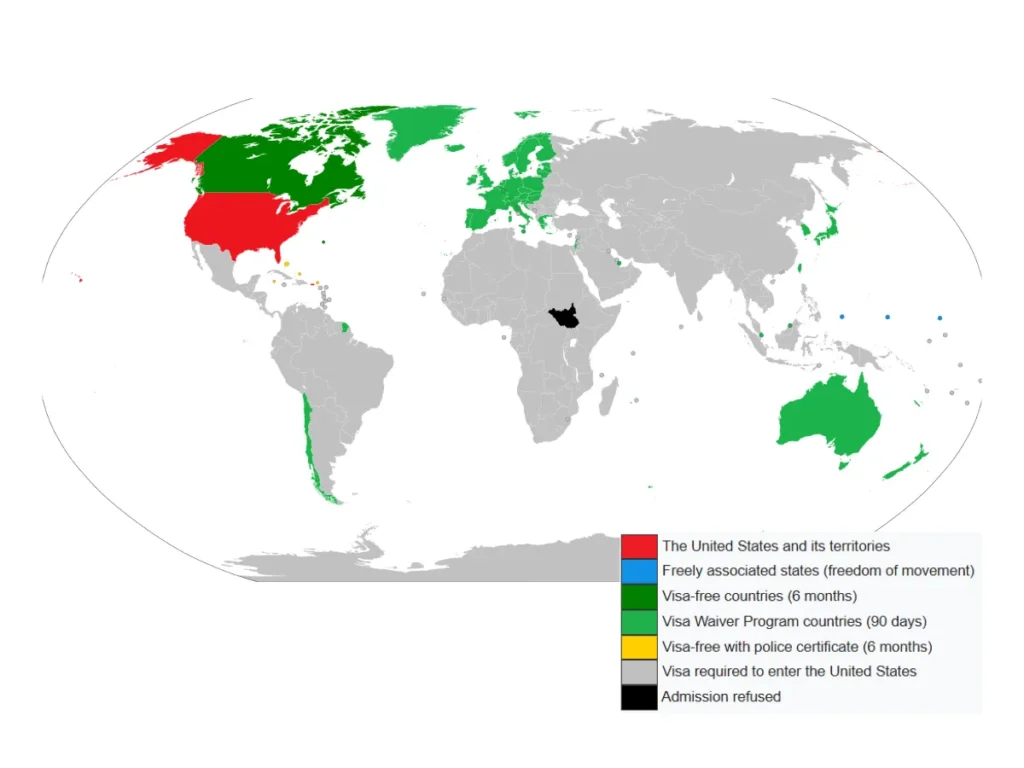 US Visa Waiver Program; Photo- Wikipedia
US Visa Waiver Program; Photo- WikipediaPurpose of the Visa Integrity Fee
The “visa integrity fee” is designed as a security deposit to deter visa overstays and violations. Data from 2016–2022 shows that 1–2% of non-immigrant visa holders overstay their authorized period, contributing to an estimated 42% of the 11 million unauthorized immigrants who entered legally.
The US government aims to incentivize compliance by refunding the fee to those who adhere to visa conditions, such as leaving within five days of visa expiration or obtaining legal status changes.
Supporters argue this strengthens immigration enforcement, with revenues directed to the US Treasury’s general fund.
Critics, including the US Travel Association, call the fee a “self-imposed tariff” that could deter tourism, especially with events like the 2026 FIFA World Cup approaching.
Geoff Freeman, the association’s president, noted that the fee increases travel costs by 144%, potentially discouraging visitors from non-VWP countries.
The American Immigration Council warns that the fee, combined with a new $100 asylum application fee, may place legal pathways out of reach for many.
 Photo: U.S. Embassy India
Photo: U.S. Embassy IndiaImplementation Challenges
The fees’ logistics remain unclear, creating uncertainty for travelers. The “One Big Beautiful Bill Act” does not specify which agency, the Department of Homeland Security (DHS) or the Department of State, will collect the fee, though it’s likely tied to the visa issuance process at consulates.
DHS is authorized to set the fee above $250, but no collection mechanism is operational as of July 20, 2025. A DHS spokesperson stated that “cross-agency coordination” is required before implementation, leaving open questions about the start date and retroactive application.
The reimbursement process is equally vague. Visa holders complying with all terms may request a refund, but the Congressional Budget Office estimates that the Department of State may need years to establish a streamlined process.
Immigration attorneys advise treating the fee as non-refundable until clear guidelines emerge, as bureaucratic delays or technical issues could complicate refunds.
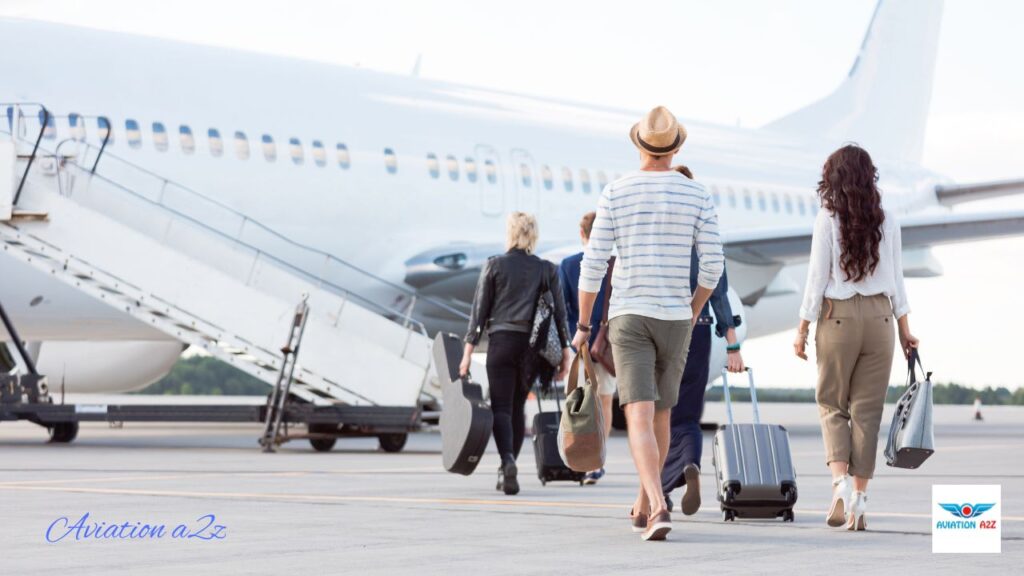 Photo: Canva
Photo: CanvaAdditional Immigration Fees
The visa integrity fee is not the only financial change. The Form I-94 fee required for most non-immigrant visitors entering via land or air will rise from $6 to $24.
Additionally, a new $100 fee will be imposed on asylum seekers. These increases represent a significant policy shift toward tightening entry protocols and recouping administrative costs.
The structure and reasoning behind these new fees remain murky, prompting concerns over execution, fairness, and accessibility for travelers from lower-income countries.
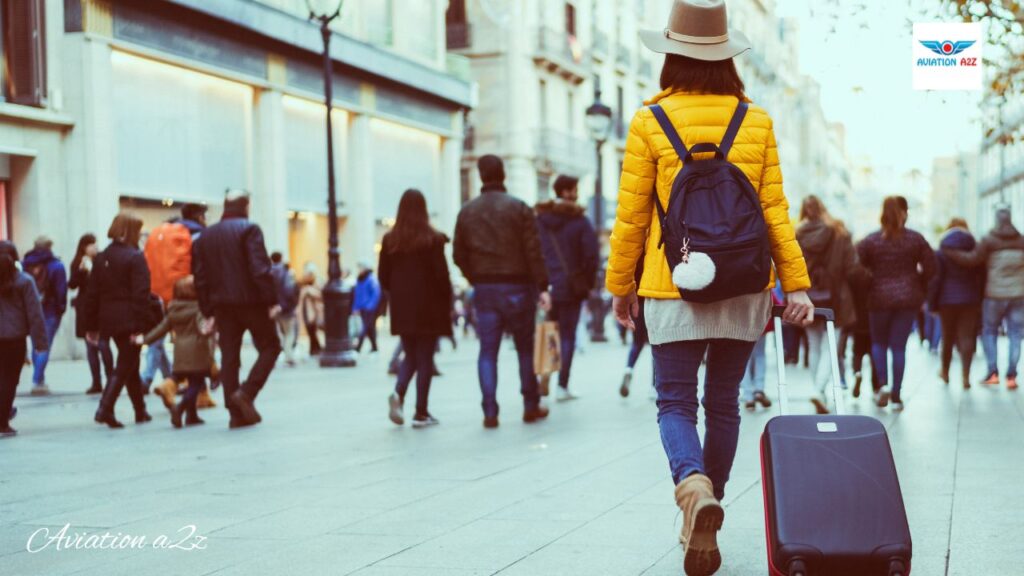 Photo: Canva
Photo: CanvaRecommendations for Travelers
Travelers planning to visit US should act swiftly to avoid the fee. Submitting visa applications before September 30, 2025, locks in current costs.
Monitoring US Embassy websites for updates on collection procedures is essential. For those applying after October 1, budgeting for the additional $250 and maintaining meticulous records, such as I-94 forms, boarding passes, and work authorizations, will be crucial for refund eligibility.
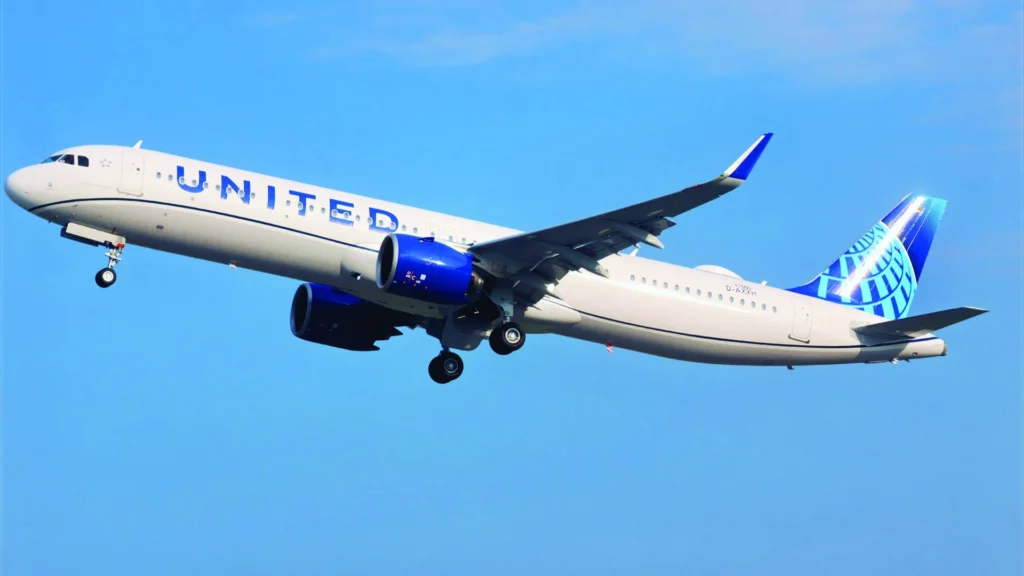 Photo: SMBC Aviation
Photo: SMBC AviationFinal Thoughts
While the intent behind the visa integrity fee is to enforce compliance with US immigration law, its vague implementation details could create confusion and administrative burdens.
Until procedural guidelines are established, applicants should prepare for additional complexities when applying for US visas in the coming months.
Stay tuned with us. Further, follow us on social media for the latest updates.
Join us on Telegram Group for the Latest Aviation Updates. Subsequently, follow us on Google News
US Visa Processing Faces Extreme Delays, Appointment by the End of 2026
The post United States Adds $250 Visa Integrity Fee for International Travelers appeared first on Aviation A2Z.















